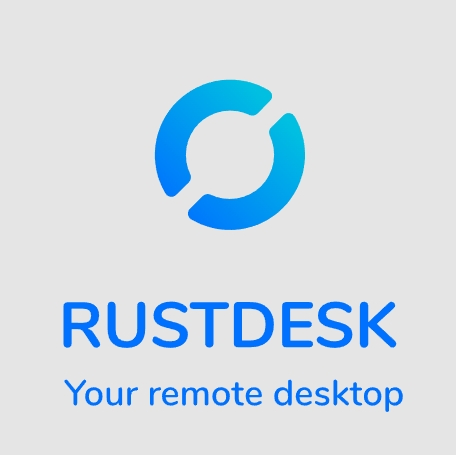Home » Remote control

ThinLinc: Remote Linux Desktops That Actually Feel Usable Remote desktop access on Linux has always been a bit of a mess. VNC is clunky, X2Go is fragile, RDP is mostly for Windows… and that’s where ThinLinc steps in. It’s a remote desktop server built specifically for Linux — one that doesn’t feel like an afterthought. With ThinLinc, users can connect to full graphical Linux desktops from anywhere, over the web or a native client. It’s fast, secure, and surprisingly polished — even over slower n

AnyDesk: Remote Access That Just Works (Even When Everything Else Doesn’t) Remote desktop tools are everywhere. But few are as lean and responsive as AnyDesk. It’s one of those rare apps that feels snappy even over flaky Wi-Fi or halfway across the world — and that’s exactly what made it a favorite among sysadmins and support teams. It’s cross-platform, installs in seconds, and often works without needing admin rights. No complicated firewall rules, no VPN fuss — just a small binary and a sessio

DWService: Remote Access Without the Headaches (or the Licensing Drama) DWService doesn’t shout. It just connects. No licenses, no complex setup, no installer hoops. It’s a free, open-source tool for remote access that works through any browser — and sometimes, that’s exactly what’s needed. It runs a small agent on the remote machine and lets you control it via a web interface. Doesn’t matter if you’re on Linux, Windows, or even a Pi tucked behind a firewall — if it can reach the internet, you’r

RustDesk: When You Just Need to Connect — Without the Drama Some tools don’t shout. They just quietly get the job done. RustDesk is one of those. It’s not trying to sell you a subscription. It doesn’t funnel your traffic through someone else’s cloud. You download it, run it, type an ID — and you’re in. That’s it. Built in Rust, this remote desktop tool skips the flash and focuses on what matters: speed, control, and staying out of your way. Whether you’re helping a friend or managing a rack-moun